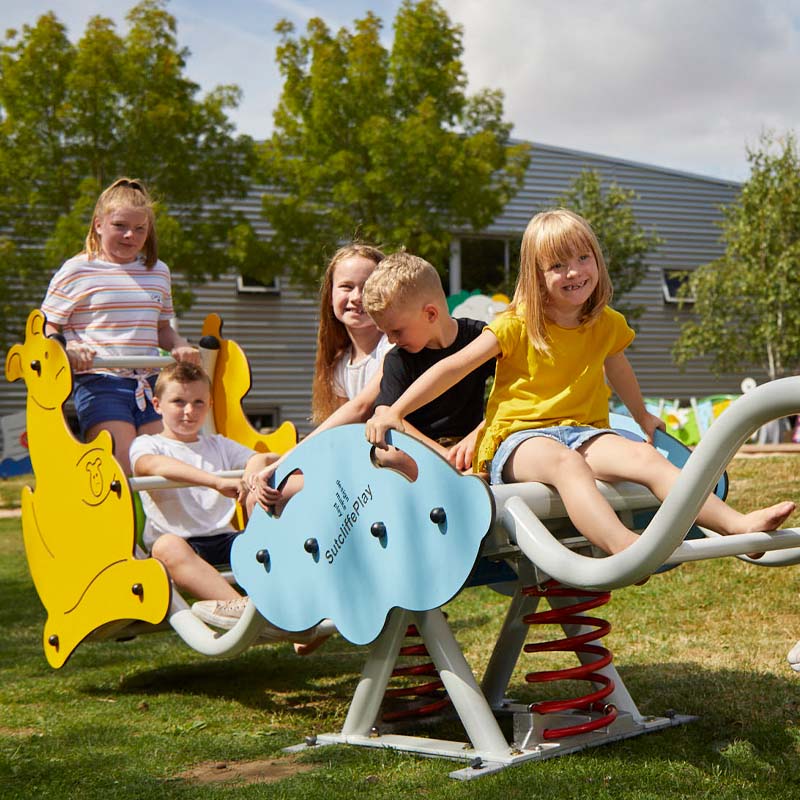Playgrounds are often considered a place where children can let loose, have fun, and be themselves. But for children with disabilities, playgrounds can be a daunting and isolating experience. The lack of accessible equipment and the stigma surrounding disabilities can make it difficult for children to participate and have fun fully. However, with creativity and motivation, playgrounds can be transformed into inclusive spaces where children of all abilities can play, learn, and grow together.
Inclusive playgrounds are more than just playgrounds; they are magical spaces that bring children together regardless of age, abilities, or skills. They foster inclusion, empathy, and understanding, breaking down barriers and stereotypes that may exist. By creating inclusive playgrounds, we can help children of all abilities play, learn, and grow together, fostering a more compassionate and tolerant society for generations. In this article, you’ll learn more about the magic of inclusion and how playgrounds can bring differently abled children together.
Inclusion matters
Inclusion is more than a buzzword: it’s a way of life. It’s about creating environments where everyone feels valued, respected, and supported. In the context of playgrounds, inclusion means designing accessible and welcoming spaces for children of all abilities. This not only benefits children with disabilities but also fosters empathy, understanding, and acceptance among their non-disabled peers.
Advantages of inclusive playgrounds
Inclusive playgrounds offer many advantages for children of all abilities. For children with disabilities, these playgrounds provide a sense of belonging and the opportunity to participate in activities from which they might otherwise have been excluded. They also foster physical and social development, strength, confidence, and social skills. For children without disabilities, inclusive playgrounds offer the opportunity to learn about and appreciate diversity, break down possible barriers and stereotypes, and foster empathy and understanding, helping to create a more compassionate and tolerant society.

The magic of inclusive play
Inclusive playgrounds are designed to be accessible and fun for children of all abilities. They feature equipment and activities that accommodate different needs and abilities, such as accessible play structures designed with ramps, elevators, and transfer stations that allow children with mobility issues to access play equipment, sensory play such as sound, tactile, and visual stimuli, which provide a rich and engaging experience for children with sensory processing disorders.
Also included are swings designed for children with physical disabilities, such as wheelchair-accessible swings and high-back swings for children with sensory processing issues, which allow all children to enjoy the thrill of swinging. In addition, play areas that incorporate communication-friendly elements, such as picture communication symbols and alternative communication devices, help children with communication disabilities express themselves and interact with their peers.
The power of play
Play is a powerful tool for building social bonds, developing cognitive skills, and promoting physical health. Inclusive playgrounds take this power a step further, providing a platform for children of all abilities to play, learn, and grow together. Play also profoundly impacts a child’s emotional and mental well-being. It helps build self-esteem, confidence, and resilience, essential elements for children with disabilities who may face additional challenges in their daily lives.
Creating inclusive playgrounds
Creating inclusive playgrounds requires careful planning, consideration, and collaboration as it involves the community in the design and planning process, thus ensuring that the playground meets the needs of all children and is adapted to the local community. Consultation with experts in accessibility, inclusive design, and play therapy is also necessary to ensure that the playground is accessible and enjoyable for all children and incorporates a range of activities and equipment, such as swings, slides, climbing structures, and sensory play areas, to cater for different interests and abilities.
What did you think of this topic? Do you want to know more about inclusive playgrounds?
If you want an inclusive playground for your project, community, school, daycare, or public park, contact us by visiting the following link.
